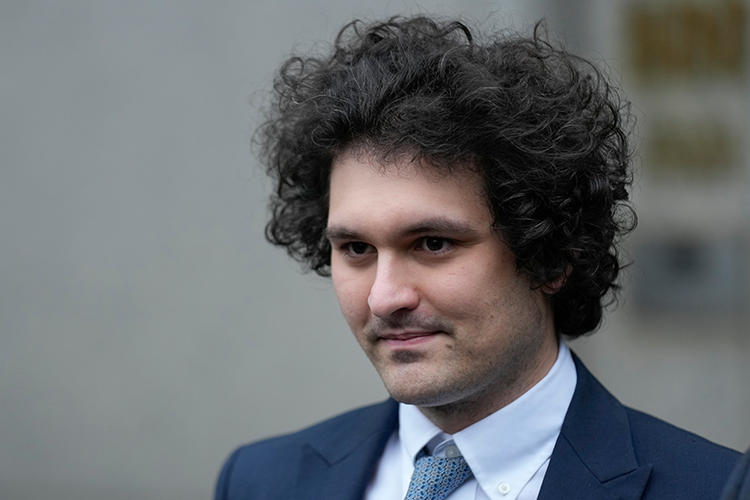Equity in Health Care Education: Ethical Distribution of CMS Funding
By Stephen Wood
The number of physicians in the U.S. is shrinking, especially among those who choose primary care. Advanced practice providers, such as Advanced Practice Nurses (APRNs) and Physician Assistants (PAs), are helping to fill that void.
In order to maintain a health care system that can serve our aging population, and one that is aligned with the health care needs and goals of our nation, there is a need for legislative support to fund APRN and PA clinical education in a way commensurate with residency training programs.
The traditional model for post-graduate education for medical students, called residency, is regulated by the Accreditation Council for Graduate Medical Education (ACGME) and largely funded by the Center for Medicare Services (CMS). The process is competitive and it helps to ensure the ongoing professional education of future physicians. Some argue that taxpayer support of these programs is in the public interest, as it would be otherwise difficult to train future physicians. While this may have some merit, both students and hospitals also benefit. Hospitals benefit in that they reduce the cost of their labor force, and receive additional indirect funding to support hospital services. The resident trainees endure long hours and low salaries, but, in effect, they are being paid to train. Salaries after completion of a residency can be substantial, and there is no expectation to pay back any of the funding that is received during their training.
In contrast, APRNs and PAs attend clinical training during their didactic education and pay out-of-pocket at a per credit cost dictated by the individual university. This process largely relies on prior graduates accepting students for these clinical experiences. The issue is that as the workforce shrinks, and providers are busier with increased clinical responsibilities, these opportunities are difficult to come by. In addition, both APRN and PA programs are often competing with residency programs, as well as each other, for clinical sites. Many schools are now paying for these clinical sites, which has resulted in a bidding war for clinical placements. The increased expense is carried by the student, making the cost of education even higher.
Given that medical residency programs are federally funded, this very same opportunity should be afforded to APRN and PA programs.
There are approximately 370,000 nurse practitioners that are licensed in the United States, and that number is growing. The estimates from the American Association of Nurse practitioners are that 88% practice in primary care, an area that has seen reduced numbers of physicians annually. In addition, it is estimated that 83% of Nurse practitioners manage patients with Medicare as their primary insurance.
The number of APRNs in practice is also increasing at a rate of 6.8% per year. In comparison, the increase in physicians is 1.1% and that of physician assistants is 4.3% annually. The numbers of people accepted into APRN programs is also growing. This is coupled by the transition of programs from in-person to online, which allows for greater numbers of students as well. PA programs are seeing similar growth.
The number of available and appropriate clinical sites, however, continues to shrink. In many APRN programs, students are required to find their own preceptors, which puts a strain on both the student and the preceptor. PA programs often place their students, but this too is becoming more difficult as sites become more restrictive or demand increased compensation. In addition, this system does not ensure that the clinical experiences necessarily meet the needs of the student or are equitable. Some students may have a broad experience, while others may have a more focused experience that may not be congruent with their needs.
The issue of compensation is an additional strain on the student and raises some ethical and professional questions. There are now preceptor websites that allow for students to search for a preceptor by specialty and location, with upfront, out-of-pocket costs upwards of $4,000. This cost is the burden of the student, which means some individuals, and especially those from minority and marginalized backgrounds, may have decreased access to education.
Clinical training for APRN and PA students should be funded equitably and congruently with medical resident training, especially considering the numbers of Medicare patients that are cared for by NPs and PAs alike. There is an urgent need for Congress to ensure this funding through the Center for Medicare Services. This needs to be coupled with ensuring appropriate clinical site placements for any health care facility that accepts these funds. This should be enhanced by state funding for those that have nurse practitioner programs.
Accrediting bodies have a role here as well. Precepting was once considered a good-faith duty for practicing nurse practitioners and physician assistants alike. It was a way to pay back for the clinical experiences that were voluntarily provided for them. The demand for compensation, however, is growing, and many sites are allowing for competition not only with other NP programs, but with PA programs as well. These bodies need to set the standards of compensation and be the drivers of lobbying Congress for CMS equity.
Advanced practice providers are an integral part of the health care community. They provide a substantial amount of care to Medicare and Medicaid patients. The support of their clinical education needs to be equitable and reflect their important role in our health care system.






